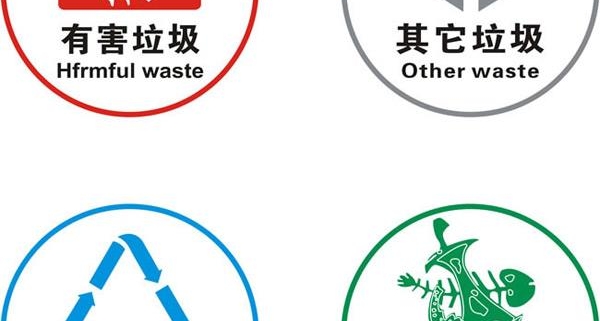Garbage classification is the development trend of garbage disposal. How to make garbage classification easier, more convenient and executable? This article will answer some of your doubts about garbage classification.
1. When throwing out kitchen waste, should you throw the bag in with the garbage, or just throw it away after puncturing the bag?
Regarding the question of whether to break the bag of food waste, the debate is fierce. For example, in Shanghai and Beijing, broken bags are required. Broken bags will help managers find out whether garbage is classified, especially whether kitchen waste is adequately classified. If the bag is required to be broken, the food waste bin must be contaminated. In summer, kitchen waste bins may need to be cleaned every two days or three days because of the smell, which is unacceptable especially for residents around the garbage. In addition, cleaning the water source of the trash can will cause the pollution load of the sewer. If the residents don’t break the bags and put the kitchen waste directly into the trash can, then they will go to the kitchen waste treatment plant for uniform broken bags after collection, which is conducive to the collection of plastic waste.
2. The price of degradable garbage bags is higher than that of ordinary garbage bags. Is it necessary to buy them?
Biodegradable plastic bags are the future development trend. The current price is relatively high, but in the future, the output will increase and the price will naturally drop. The degradable plastic bag does not mean that it can be degraded under any conditions. Its degradation is subject to specific conditions. So now there is a management difficulty, that is, if the degradable plastic bags and the plastic bags we generally use are mixed together, they will all enter the waste incineration power plant. It is difficult for the degradable plastic bags to function.
3. Are there any pros and cons of installing a kitchen waste disposer at home? Is every household suitable for installation?
Families install food waste disposers, and some newly-built urban communities have conducted trials. The pros and cons are different. Because kitchen waste has a particularly high oil content, one problem with high oil content is that it is easy to block the sewers. This is inconvenient for existing families, especially existing communities, and major renovations must be carried out to expand the pipeline. The composition of food waste in China is different from that in western countries. Food waste disposers are more common in Western countries because their diet contains less oil. In China, cooking is the main ingredient, so food waste has a higher oil content and has recycling value. Our more appropriate method now is to sort at the source at home and let all kinds of garbage enter the system where it should go. Finally, it is conducive to the use of some resources of kitchen waste, including oil resources, including the resources it turns into fertilizer, which is in line with China’s national conditions.



